A Comme des Garçons perfume is not ‘beautiful’
A Comme des Garçons perfume is ‘defined without the notion of beauty’, creative director of CDG Parfums Christian Astuguevieille tells Dal Chodha on the occasion of the brand’s 30th anniversary
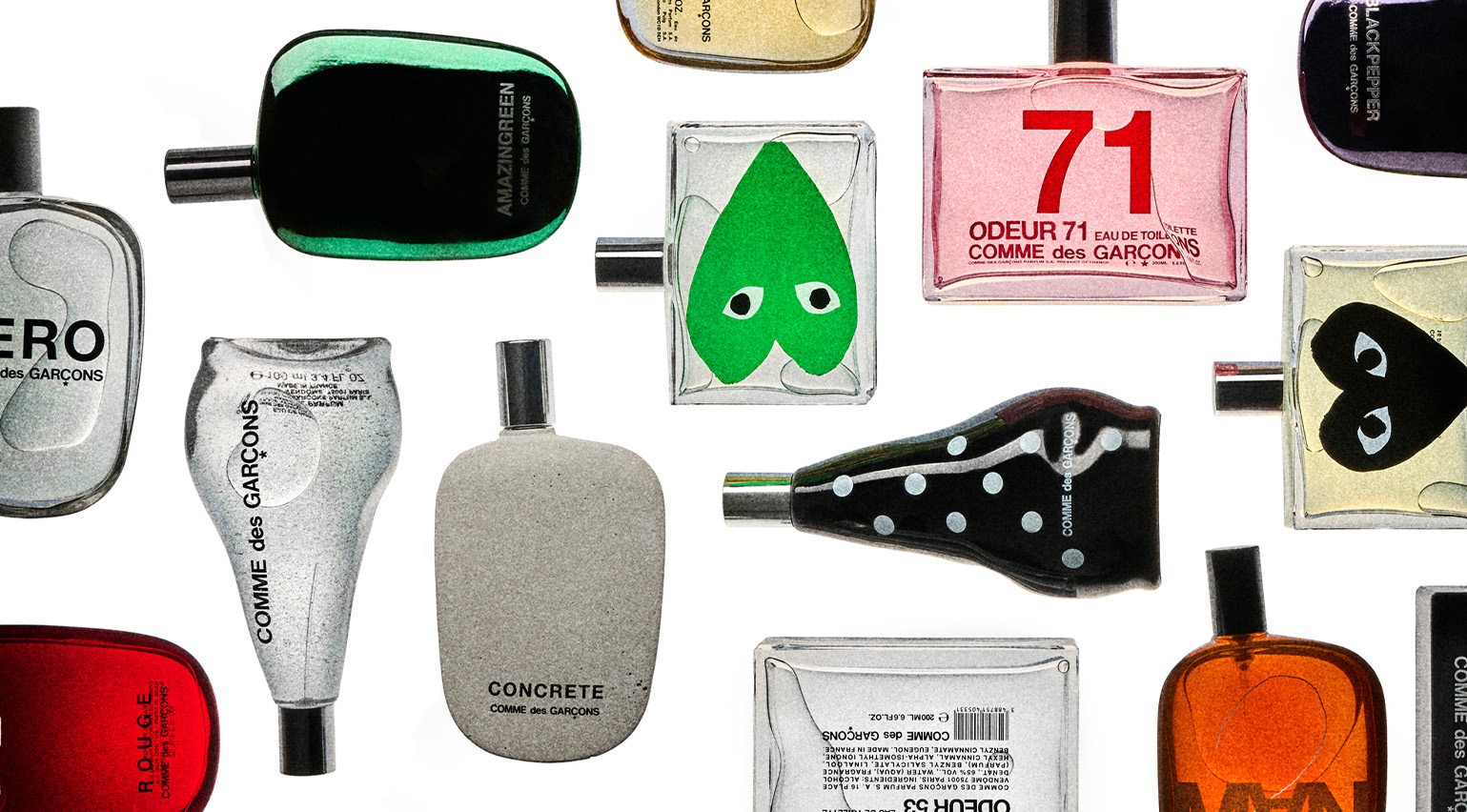
Sophie Gladstone
A holey sweater artfully made using sabotaged knitting machines. Protective bulges layered on to a woman’s body. The soft scents of cardamom, musk and rose emerging from a concrete container in a fine mist. Perfumes introduced as ‘odeurs’ that are not Pour Homme or Pour Femme. A big sexy global department store named after a Mayfair street. Boutiques that pop up and vanish. Japanese fashion house Comme des Garçons is part dazzling exactitude, part sucker punch. One immense, perplexing, juicy work of art.
In 1994, designer Rei Kawakubo’s inventive modus operandi didn’t suggest a move into the more industrial realm of fragrance. Since 1973, she had pushed at the lines of the body, tearing up notions of taste, comfort and status with her clothes. How would these values be translated into a less tangible medium? ‘By telling a story around what was unique and unconventional, by transgressing industry norms about advertising and packaging,’ says Comme des Garçons president Adrian Joffe in the foreword to a new book by Dino Simonett, celebrating 30 years of Comme des Garçons Parfums.
Comme des Garçons perfume: 30 years of disruptive fragrance
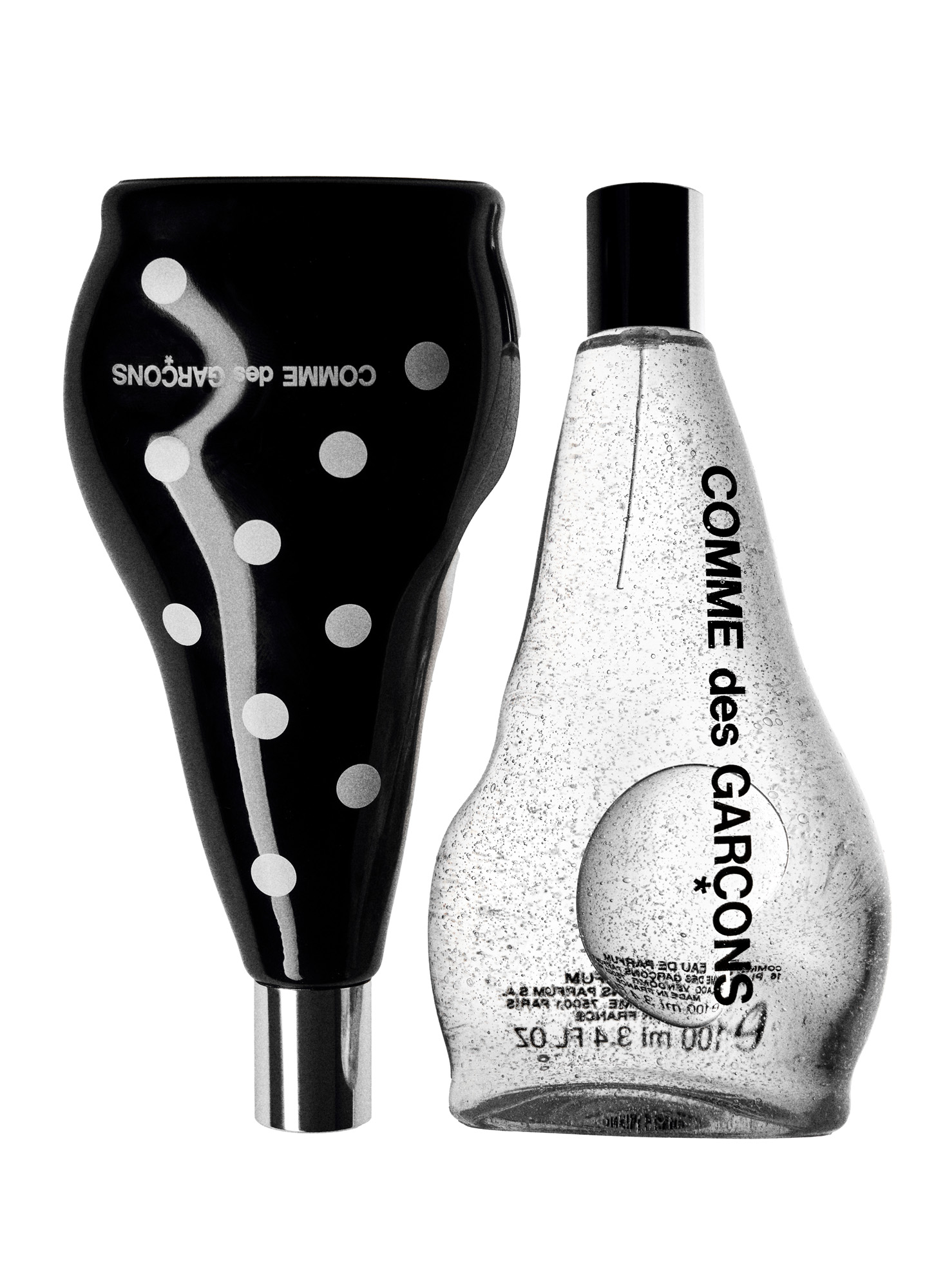
Opposite, CDG Dot, £90 for 100ml; CDG, £90 for 100ml, both by Comme des Garçons Parfums
The brand’s first fragrance, Eau de Parfum, was launched around the pool at the Ritz Paris, the room decorated with sacks of yellow liquid. Its raison d’être, penned by Kawakubo, was presented in bold Helvetica type across two double pages: ‘A perfume that works like a medicine and behaves like a drug. To excite the feelings, to stir the emotions, to raise the spirit and to make one feel positive. The pleasure of a perfume for oneself.’ With those words, Kawakubo crashed through the fragrance industry’s sedate notions of gender, design and function. She offered a new sense of taste.
She is interested in smells, rather than the business of perfume, a distinction pressed by Comme des Garçons Parfums’ creative director Christian Astuguevieille, who says he doesn’t like things that are ‘too beautiful’ or ‘excessive’ in their beauty. ‘Very beautiful things are, to us, suspicious, boring and unsettling. The concept of Comme des Garçons Parfums is defined without the notion of beauty.’
A photo posted by on
Astuguevieille – an artist, sculptor, furniture designer, maker of jewellery and objects – is also most certainly not a ‘nose’ yet has overseen the development of some 94 fragrances ranging from the polluted grassiness of London’s Serpentine Gallery location to the classic English rose for Grace Coddington.
When he first met Kawakubo in 1991, they did not talk about perfume. She invited him to create rope sculptures painted black to sit in harmony with her latest collection. ‘And I created an imaginary forest,’ he says. Around the same time, he had been making objects inspired by wabi-sabi and furoshiki in his Paris studio. He is an interlocutor of odour, working between a number of perfumers and Kawakubo herself to translate concepts to elicit the most abstract scents. How would a perfume be if it were offcentre is a question never far from his mind.
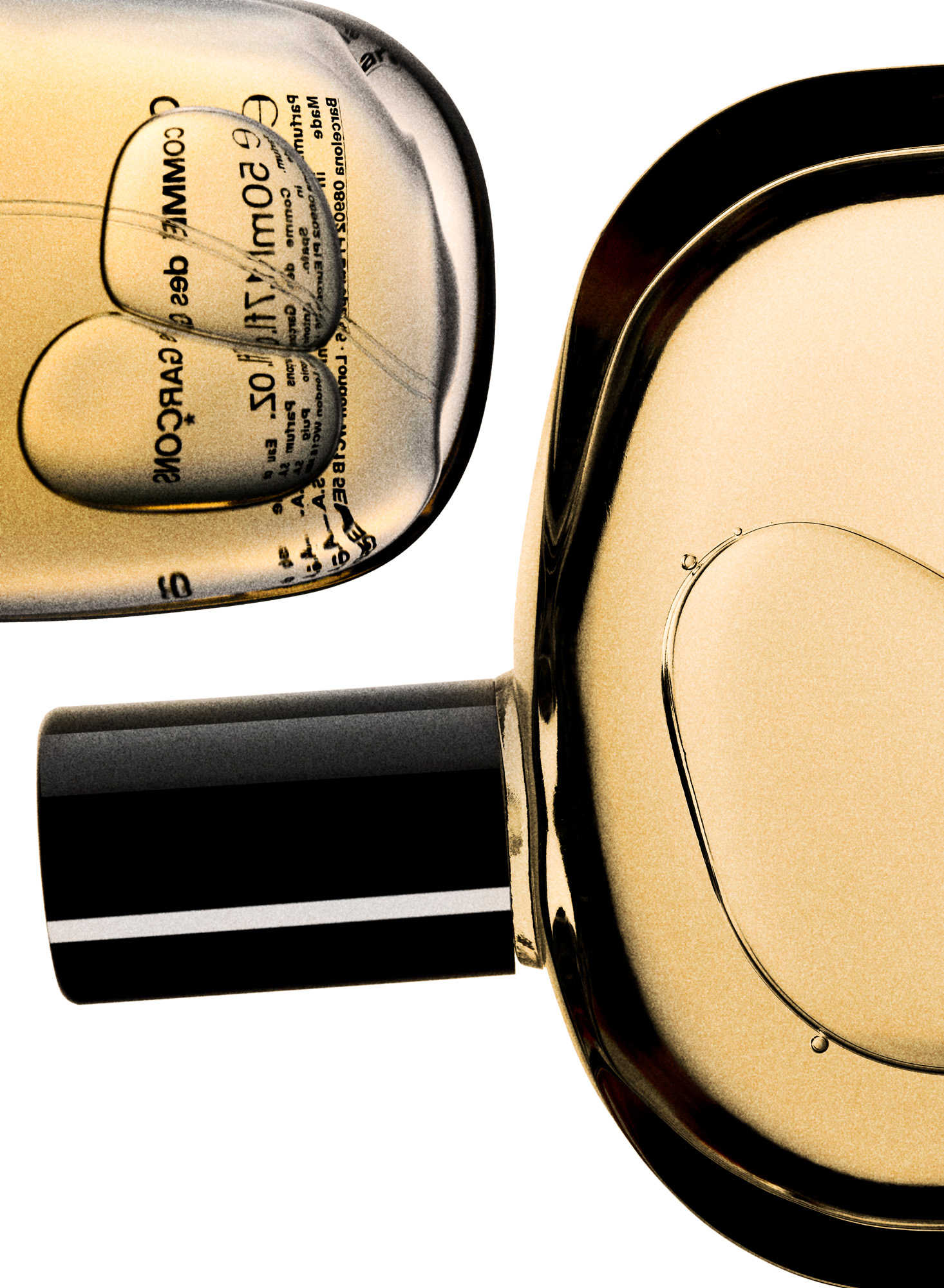
Opposite, Eau de Parfum, £70 for 50ml, by Comme des Garçons Parfums
As a collaborator on the debut fragrance – acting as co-author and poetic emissary – Astuguevieille described the structure of the original eau de parfum as ‘a journey along which windows open and close in succession’. A precursor to the beauty-product-as-home-sculpture we see so much of today, the bottle was designed to lie horizontally like a stone at the bottom of a stream. Kawakubo created the now-recognisable pebble bottle and the vacuum-packed interior while Franco-American designer Marc Atlan conceptualised the graphic vocabulary for the box and the bottle – all of which still confidently sit out of the mainstream. It embodies Kawakubo’s practice in the most direct way; it is a bottle that cannot stand up yet fits comfortably in the palm of the hand.
Receive our daily digest of inspiration, escapism and design stories from around the world direct to your inbox.
At Dover Street Market in London, a tree-like iron structure on the ground floor accommodates the brand’s fragrances. The bottles seem small, humble, regardless of their size. Even when they are 200ml, they are wide not tall; the eye is kept low, you peer at them from above and hover. The pebbles lie face down, seemingly discarded, unassuming and unpretentious – the opposite of the shiny, erect, metallic bottles that are commonplace elsewhere.
A photo posted by on
All of the vessels for Comme des Garçons Parfums are provocations, ranging from thick glass rectangles, wider than they are tall, to round cylinders and ones that appear to have flat bases but will not stand up. Their boxes appear as utilitarian as Apple products and are free from the embossed logos, thin cellophane, and polyester ribbon that still dominate the wider fragrance industry.
To date, the Comme des Garçons fragrance portfolio includes scents made with a musician, a milliner, a gallery, a muse, an artist, a magazine and a furniture design company. For the last three decades, the notion of ‘guerrilla’ has been key to the output of both Kawakubo and Astuguevieille. ‘Our olfactory research has evolved over time, but the principle has remained our loyalty to audacity and freedom,’ says Astuguevieille. That concept is the freedom to use materials like tar, the smell of clothes drying in the wind or of a garage, while knowing how to use classic substances like vetiver and patchouli. ‘We prefer not to be stuck in a category, but to be free and different.
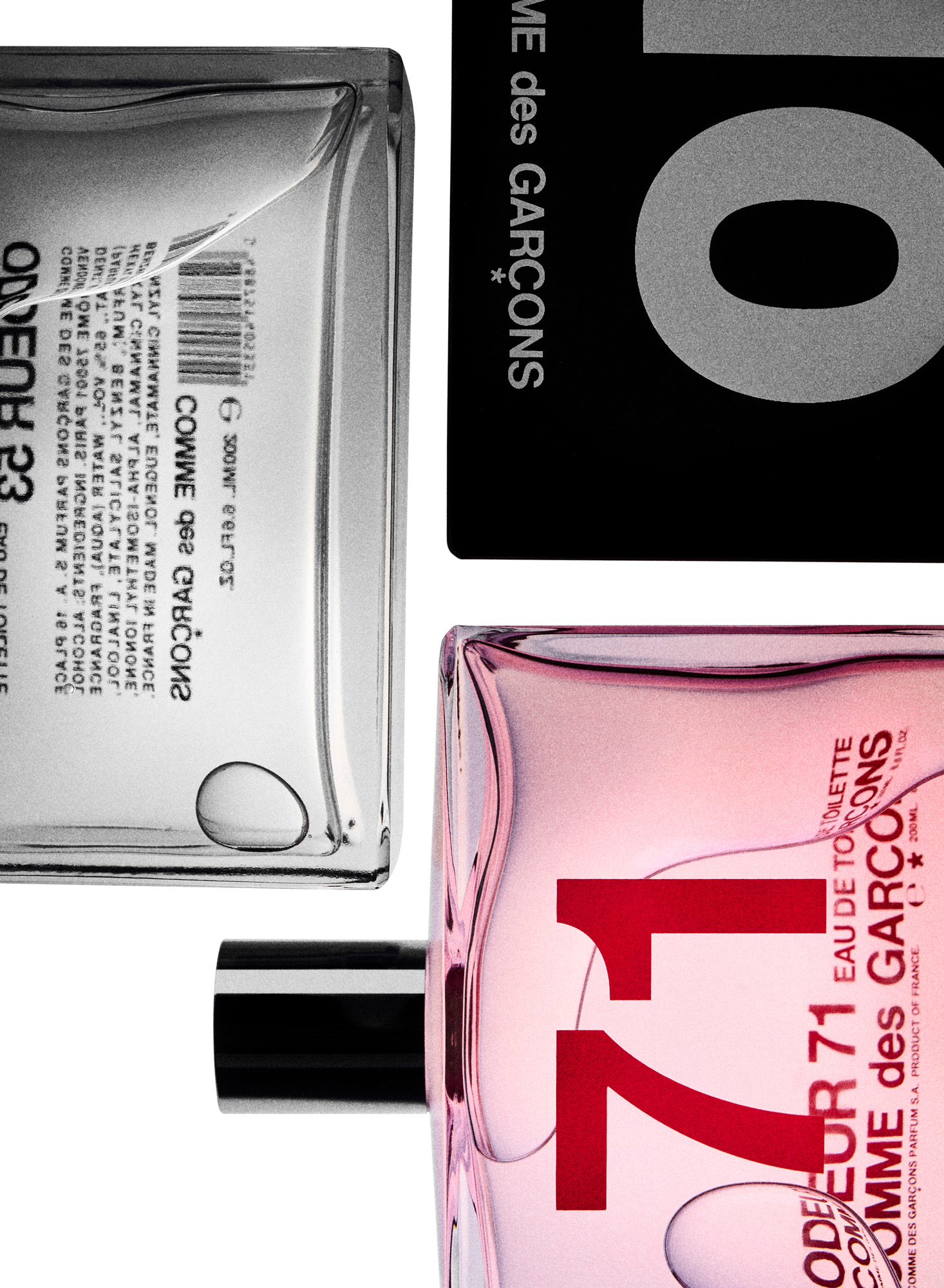
Odeur 53; Odeur 10; Odeur 71, all £110 for 200ml, by Comme des Garçons Parfums
Comme des Garçons Parfums 1994-2025, a new book by Dino Simonett celebrating three decades of Comme des Garçons disruptive fragrances, is available now at shop.doverstreetmarket.com.
A version of this article appears in the March 2025 issue of Wallpaper*, available in print on international newsstands, on the Wallpaper* app on Apple iOS, and to subscribers of Apple News +. Subscribe to Wallpaper* today.
London based writer Dal Chodha is editor-in-chief of Archivist Addendum — a publishing project that explores the gap between fashion editorial and academe. He writes for various international titles and journals on fashion, art and culture and is a contributing editor at Wallpaper*. Chodha has been working in academic institutions for more than a decade and is Stage 1 Leader of the BA Fashion Communication and Promotion course at Central Saint Martins. In 2020 he published his first book SHOW NOTES, an original hybrid of journalism, poetry and provocation.
-
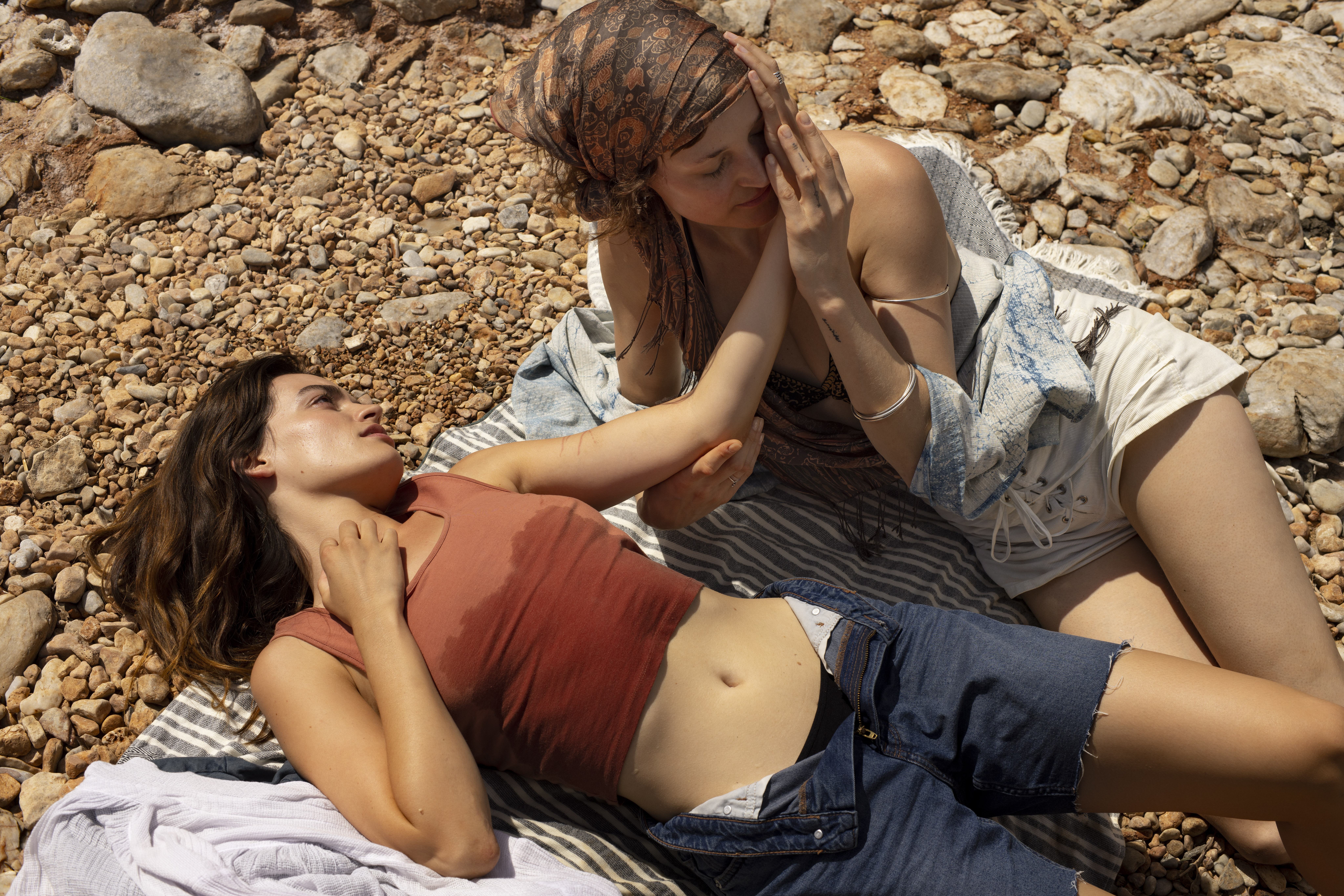 Despite moments of beauty, the ‘Hot Milk’ film adaption drifts aimlessly
Despite moments of beauty, the ‘Hot Milk’ film adaption drifts aimlessly‘Hot Milk’, adapted from Deborah Levy’s 2016 Booker-shortlisted novel, marks Rebecca Lenkiewicz’s directorial debut
-
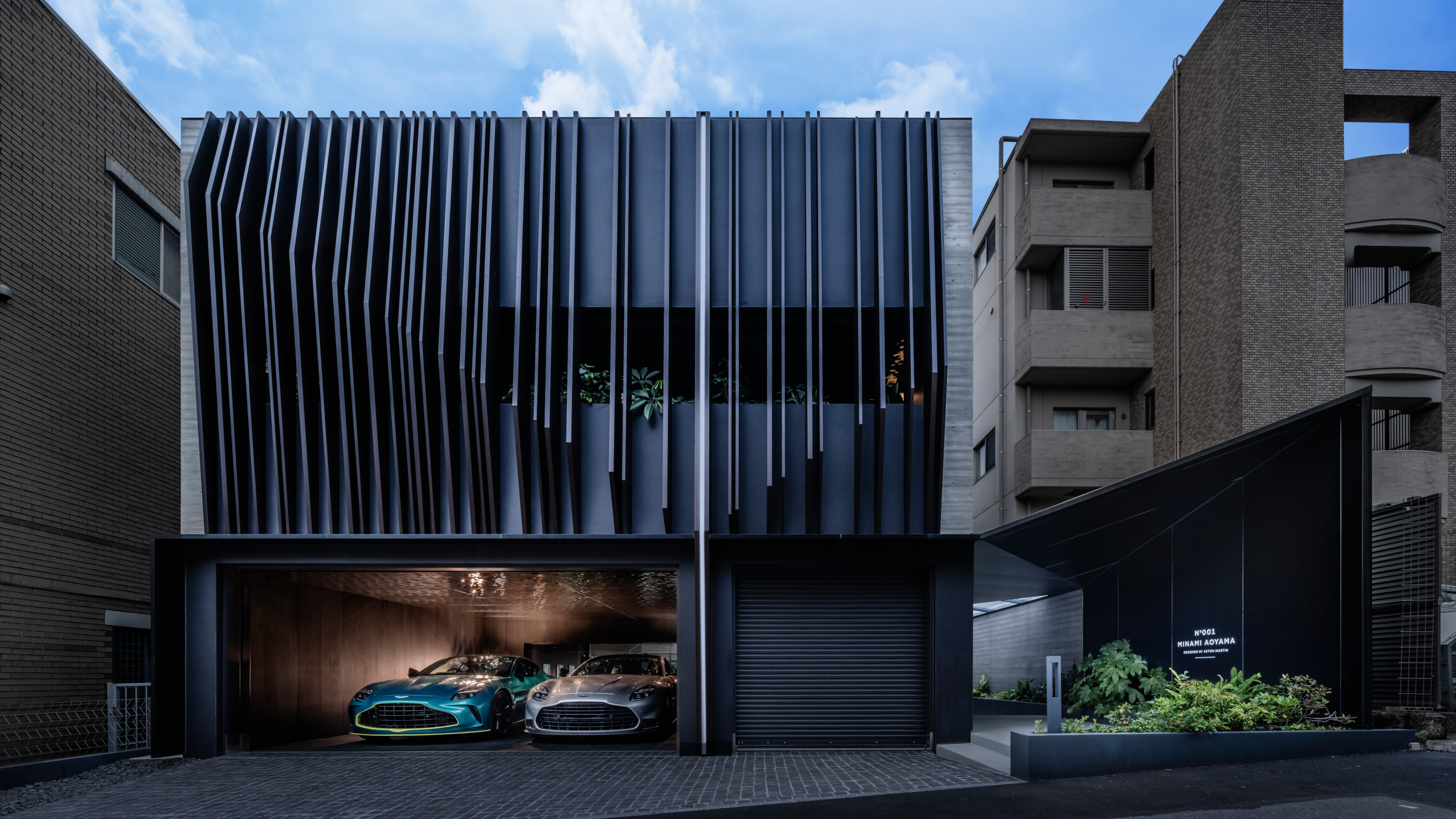 Aston Martin completes its first Tokyo townhouse, crafted by the brand’s design team
Aston Martin completes its first Tokyo townhouse, crafted by the brand’s design teamThis luxurious private house in Tokyo’s Omotesandō neighbourhood offers design and details shaped by Aston Martin, as well as features for the dedicated car collector
-
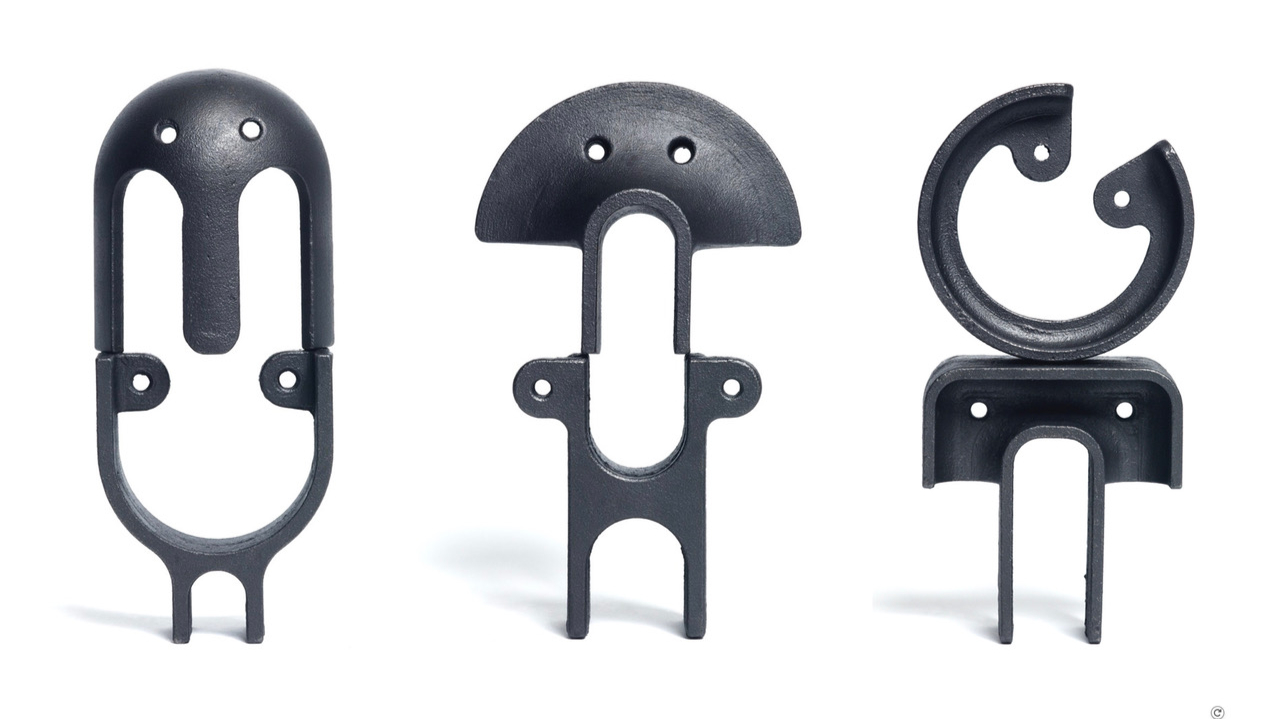 Studiomama’s cast faces capture a sense of childlike joy
Studiomama’s cast faces capture a sense of childlike joyMade in collaboration with one of London’s last traditional foundries, the studio’s ‘Face Castings’ series explores play, perception and the enduring influence of Bruno Munari
-
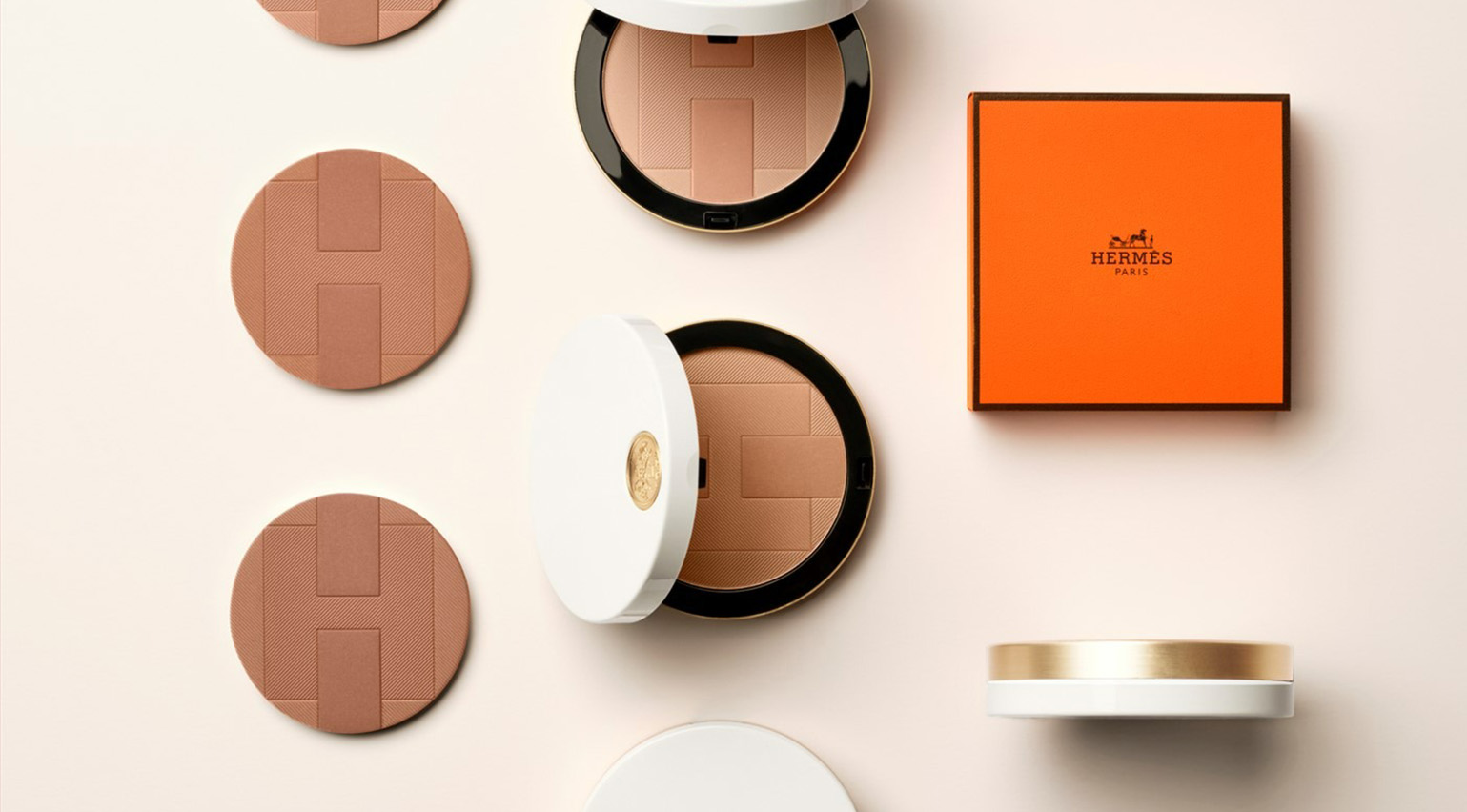 The best of refillable beauty design, edited by Wallpaper*
The best of refillable beauty design, edited by Wallpaper*Wallpaper’s pick of the best refillable beauty design includes make-up, skincare, fragrance and haircare with beautifully formed bottles, tubes and containers from the likes of Dries Van Noten, Davines and more
-
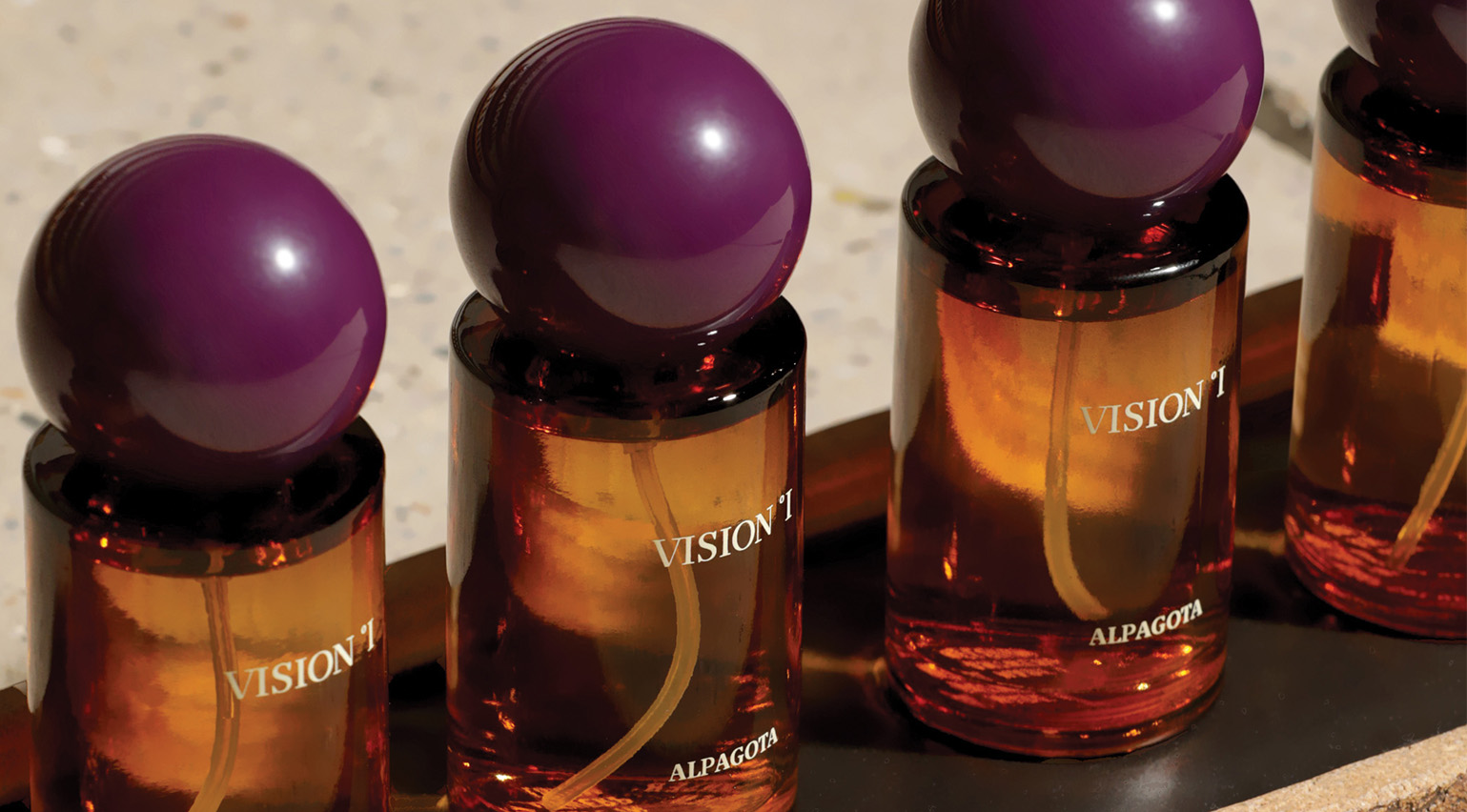 Scented lens spray? Alpagota revolutionises the mundane act of cleaning your glasses
Scented lens spray? Alpagota revolutionises the mundane act of cleaning your glassesAlpagota’s aromatic lens cleaning products inject a daily dose of beauty into the most boring of tasks
-
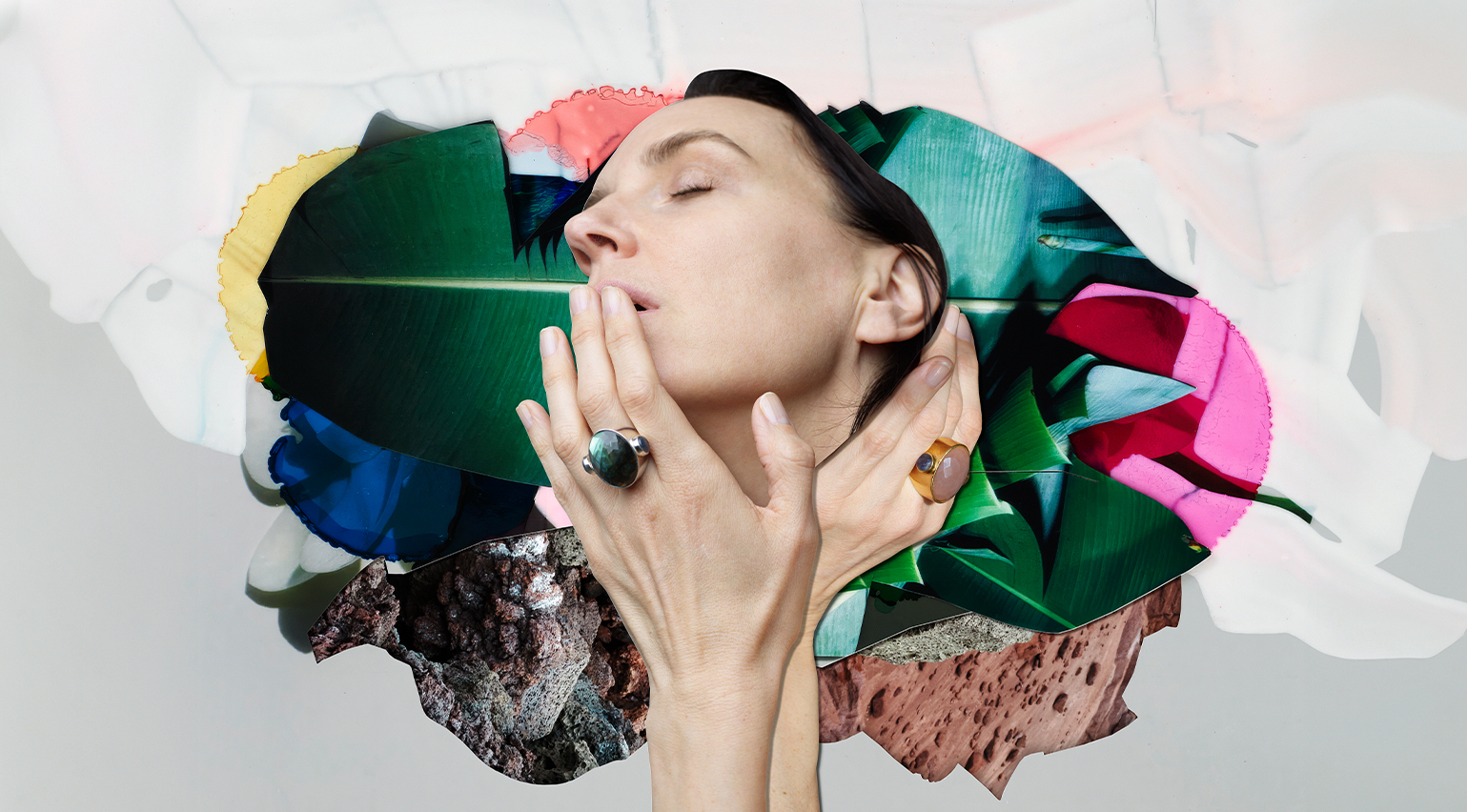 A scented ring? Wouters & Hendrix makes Hannelore Knuts’ dreams come true
A scented ring? Wouters & Hendrix makes Hannelore Knuts’ dreams come trueWouters & Hendrix collaborates with legacy model Hannelore Knuts on L’Issence, a collection of two scented rings. Here, Knuts tells Wallpaper* how they were made
-
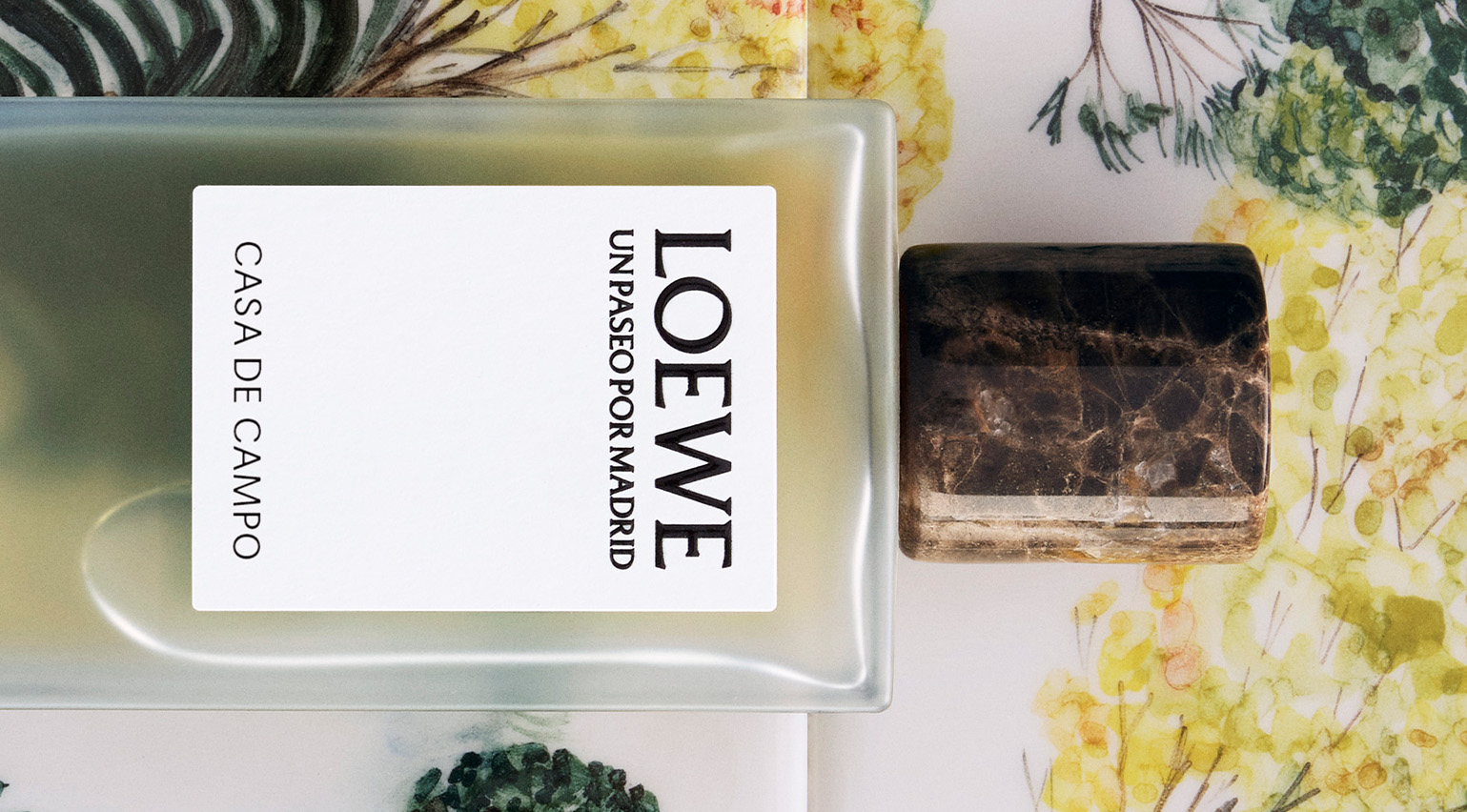 Loewe’s latest perfume smells like the start of spring, with notes of blossoming violet
Loewe’s latest perfume smells like the start of spring, with notes of blossoming violetLoewe’s Casa De Campo perfume, the latest in its Un Paseo Por Madrid collection, pays tribute to the city of Madrid in bloom
-
 Paris Fashion Week A/W 2025 highlights: Chanel to Saint Laurent
Paris Fashion Week A/W 2025 highlights: Chanel to Saint LaurentWallpaper* selects the very best of Paris Fashion Week A/W 2025, from Chanel’s playful take on its house codes to an exercise in singularity at Saint Laurent
-
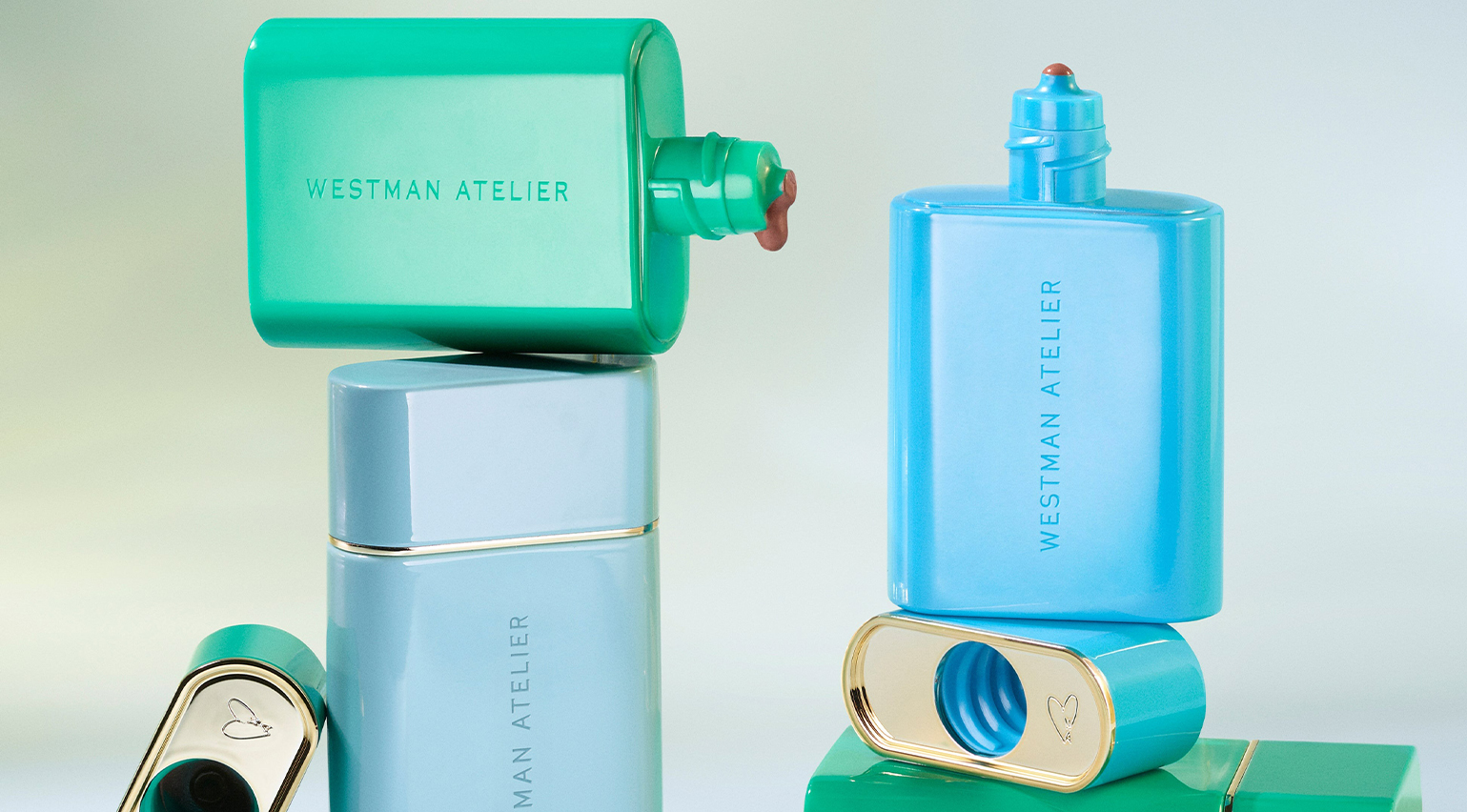 The best beauty products of the month, from Prada mascara to Westman Atelier’s bronzing drops
The best beauty products of the month, from Prada mascara to Westman Atelier’s bronzing dropsThe best beauty products of the month, selected by Wallpaper*, include a new Prada mascara, Westman Atelier’s bronzing drops and more
-
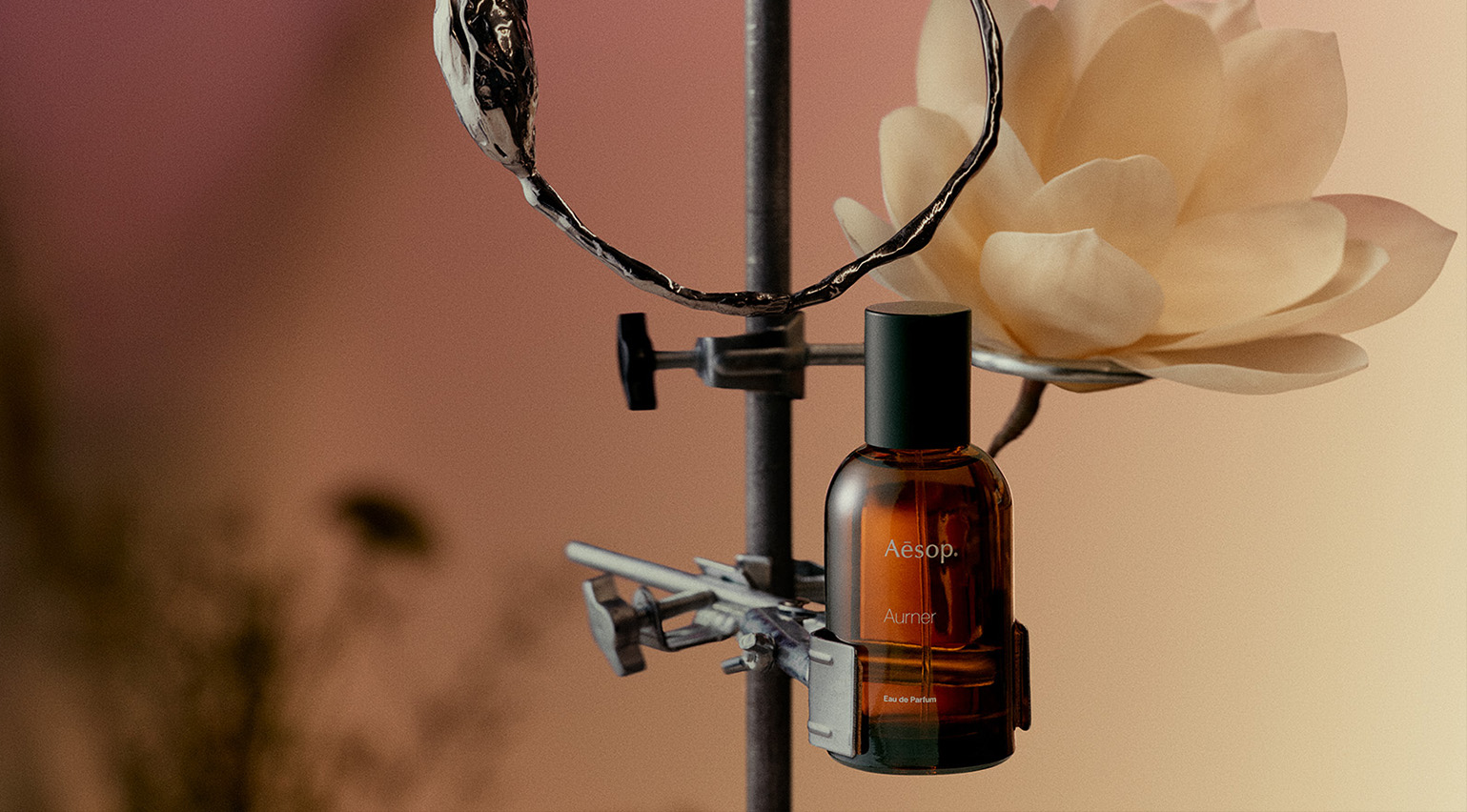 ‘Strangeness is a necessary ingredient in beauty’: Aesop’s new floral perfume Aurner refuses to conform
‘Strangeness is a necessary ingredient in beauty’: Aesop’s new floral perfume Aurner refuses to conformAesop’s new floral perfume Aurner is described as a ‘defiant bloom’. Its creator Céline Barel tells Wallpaper’s Hannah Tindle why the fragrance refuses to conform
-
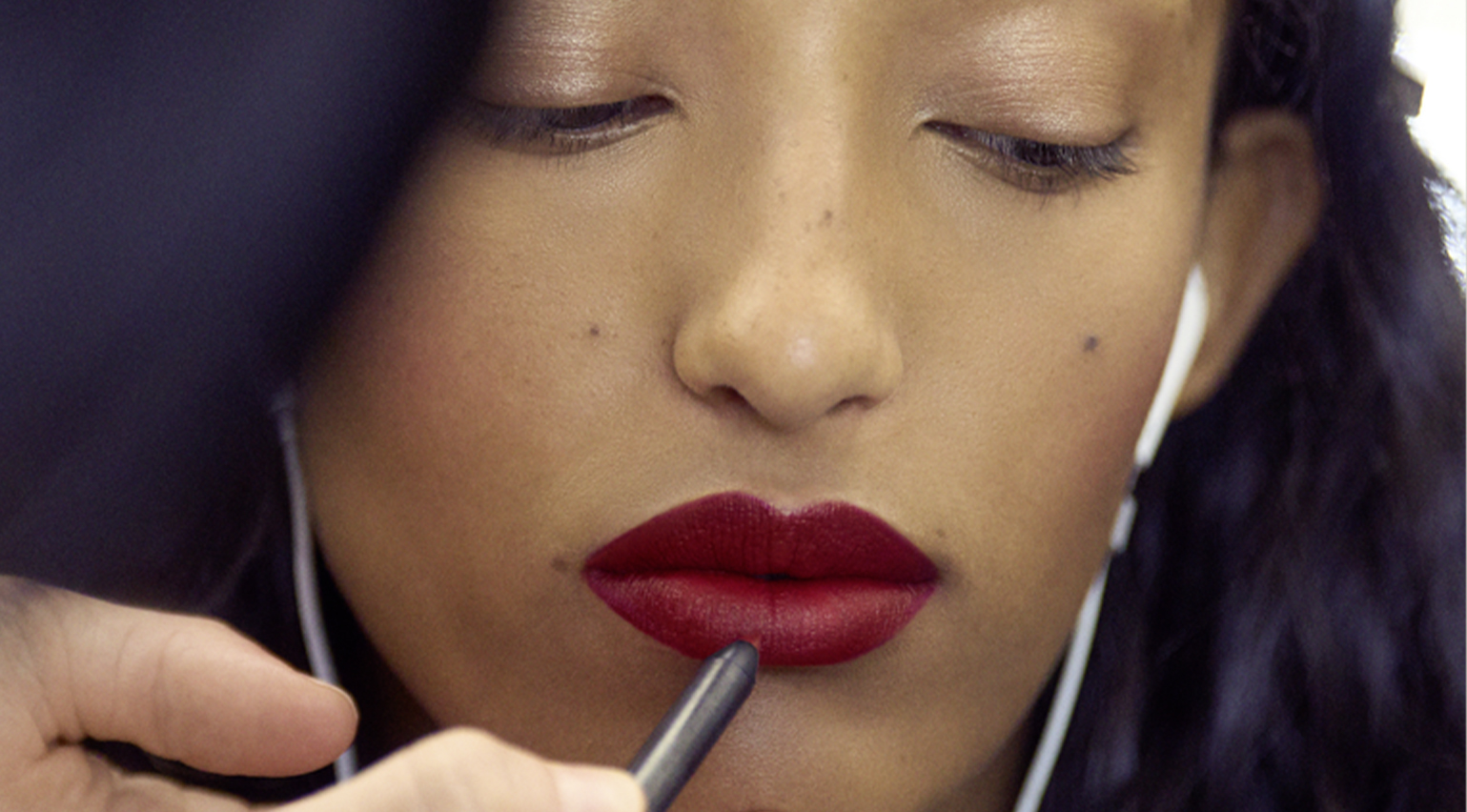 Red beauty products to gift the aesthete in your life this Valentine’s Day
Red beauty products to gift the aesthete in your life this Valentine’s DayThese red beauty products by the likes of Chanel and Comme des Garçons are ideal Valentine’s Day gifts for the aesthete in your life (even if that aesthete so happens to be you)